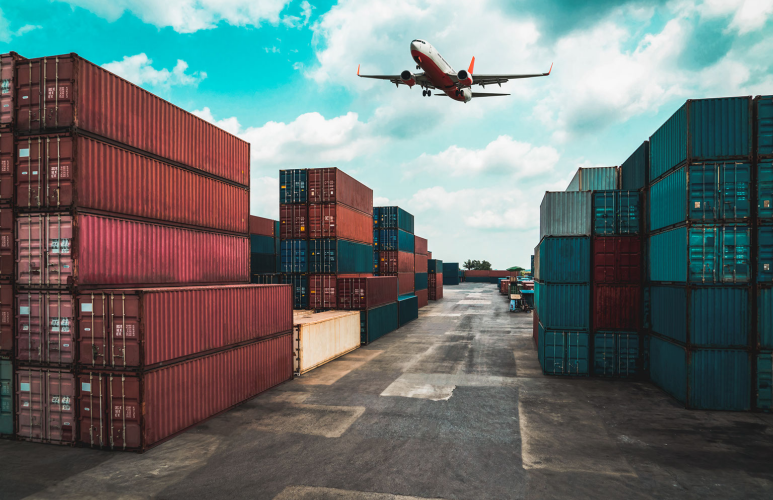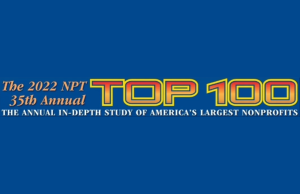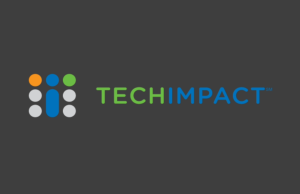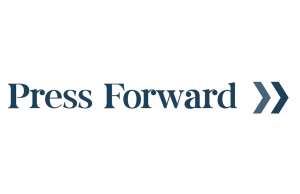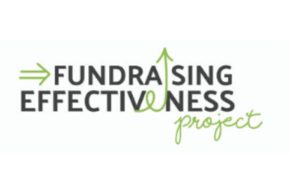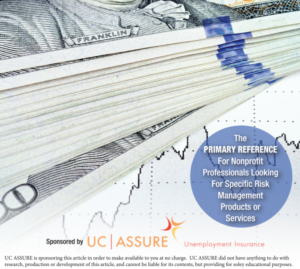COVID-19 is the ultimate stress test. The pandemic sent businesses scrambling to contend with lockdowns, shutdowns, and huge spikes and dips in consumer demand. Remember the Toilet Paper Apocalypse of 2020?
Now, in late 2021, we’re still reeling from major disruptions to the global supply chain. Demand surges, labor shortages, and capacity constraints have made goods from autos to toys in short supply.
What does any of this have to do with what we’re doing as nonprofit leaders? A lot.
The world for nonprofits is changing. It’s becoming more connected to what’s happening in the for-profit sector and more complex as a result. What was once mostly local is now going global. As the world’s economies become more interconnected, a worker strike in Latin America or a trade dispute with China could have more of an impact on your nonprofit or charity than you might imagine — especially if you need hard goods to accomplish your mission.
Take the case of Haitian American Caucus. The nonprofit organization collects used shoes donated from Americans and sends them to Haitian women, who sell them to support their families. Even though the NGO currently imports nearly 100,000 pairs of shoes a month, it’s having a tough time getting more. That’s because its chief supplier — another nonprofit in Nashville called Soles4Souls – is contending with a shortage of shoes as brands keep more of their inventory so store shelves stay stocked and customers can find what they want. Due to the supply strain, Soles4Souls has had to downscale its own program to give shoes to homeless children, from 75,000 pairs to 50,000 pairs this year.
“Product shortages and shipping impediments have proved so persistent and pervasive that they are also afflicting organizations that rely on donated goods,” The New York Times reported in its story on the Haitian group and other nonprofits that are struggling with the supply chain crisis. “Their troubles underscore how the supply chain disorder is rippling out across vast distances, reaching a pipeline of aid that is ordinarily invisible to the wider world.”
The big takeaway for nonprofit teams in all of this is the critical need to build up your organization’s capacity to withstand shocks to the system, both from the supply side and the demand side (to use the vernacular of the for-profit sector).
On the one side, it’s about shoring up your supply chain to continue delivering goods and services to your community in times of catastrophe, such as during a disaster, or when it’s harder to get what you need because of an unexpected surge in demand or a raw materials shortage somewhere in the world.
On the other side, you also want to be prepared to meet sudden spikes in demand, such as the unprecedented levels of need that many nonprofits experienced at the height of the pandemic. Good360 saw this firsthand in 2020, when our organization distributed more than $870 million in needed goods (https://bit.ly/3GR0faf) — our busiest year ever.
The pandemic revealed the extent to which global supply chains are central to our everyday lives — and also underscored the fragility of the system. For example, food banks everywhere are reeling from price increases and commodity shortages. Another factor is the explosive growth of e-commerce, which has led to widespread driver shortages for nonprofits and businesses alike. It’s yet another sign that nonprofits need to pay attention to what’s happening in the for-profit sector as they plan for future growth and stability.
In this increasingly unpredictable environment, it’s likely that your supply chain is underdeveloped and needs capacity improvement. So here are some ideas of what should be built into your nonprofit supply chain to prepare for future disruptions:
Redundancies: Create strategic overlap in your supply chain by keeping extra inventory of mission-critical goods on hand, ordering products early and often, and sourcing with different suppliers for the same items.
Strategic Resourcing: Think about how you can strengthen your supply chain with the very programs that you administer. For example, some of our partners staff their warehouses with the people they serve. This provides job skills for people struggling with unemployment, works upstream to eliminate long-term need, and offers an opportunity to engage the populations organizations are serving with a level of dignity.
Prepositioned Product: Prepositioning supplies and inventory in case of an emergency is not a new strategy, but it’s becoming an increasingly important part of contingency plans for nonprofits. At Good360, we are prepositioning relief supplies (https://bit.ly/3ClCkw2) in collaboration with some of our most reliable nonprofit partners so we can respond more effectively when disaster strikes.
Collaborative Relationships: Developing relationships with vendors, community leaders, funders and grantmakers, businesses and government agencies is crucial to building up your capacity. Think about the network effect of having numerous partnerships that work together to strengthen your safety net.
Data and Technology: Consider how smart data and tech can help you standardize operations and get goods where they are most needed. For example, Direct Relief, a humanitarian nonprofit that provides medical supplies in disasters, leveraged data to deliver 2,400 tons of medical supplies (https://bit.ly/3ngSfYd) to Wuhan, China, every U.S. state, and more than 100 countries during the pandemic. The organization tied its distribution and warehouse data to epidemiological analysis of COVID spread and risk, weaving together dozens of data sets to precisely understand where demand for PPE was most needed.
With the ongoing strain on supply chains, getting the right goods at the right time to serve your communities is going to be harder than you think, at least for the foreseeable future. Meanwhile, the needs are going to be greater than ever. These mega trends demand attention. How resilient is your supply chain, your organizational capacity as we head into the post-pandemic era? Are you prepared for more shocks to the system? Are you making relationships with the right people?
Building resiliency into your supply chain is what the future holds for nonprofit logistics leaders. The sector will be better prepared for a future in which the sector finds itself more and more at the mercy of massive economic and political forces at play on the world stage.
*****
Shari Rudolph is the Los Angeles, Calif-based chief development officer and chief marketing officer at Good360 which is headquartered in Alexandria, Va.

